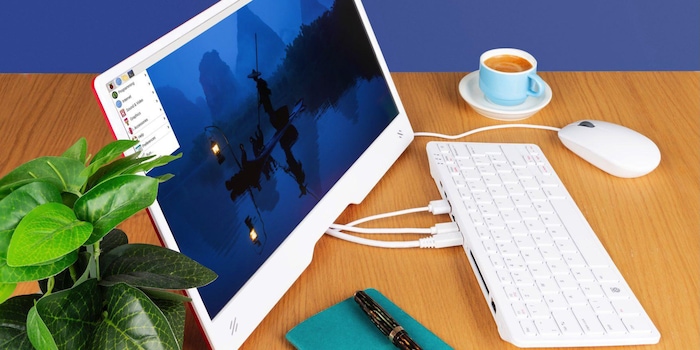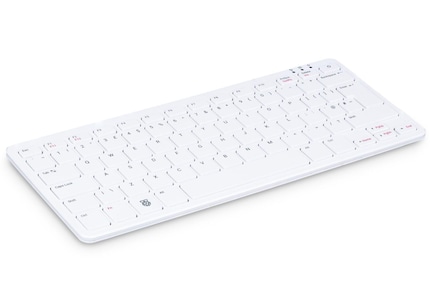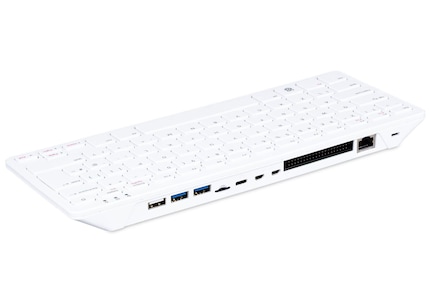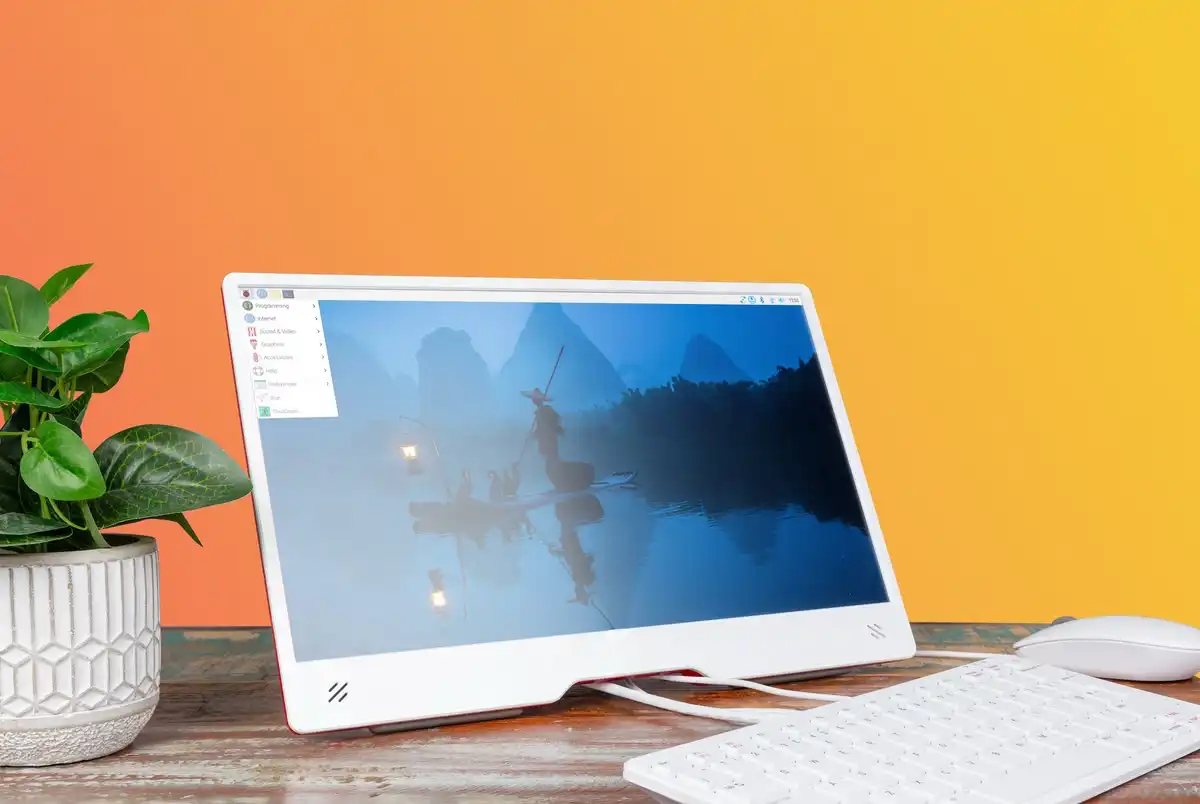
The second generation of the keyboard Raspberry Pi gets a display at its side
After around four years, Raspberry has introduced the Pi 500, an improved version of its mini computer in the form of a keyboard. The Pi Monitor, which has also been announced, fits many computers.
Compared to its predecessor, the Pi 500 offers more computing power. Connectivity remains unchanged. The brand new Pi Monitor can be powered directly via the mini computer.
Pi 500 with more RAM and gigahertz
The first Raspberry Pi in a keyboard gave me retro feelings and I had to try it out:
For little money, you can get a computer that can do a lot. This realisation should still apply to the Pi 500.
Raspberry has doubled the RAM of the Pi 500 to eight gigabytes. The processor still has four cores. These are Cortex-A76 cores that clock at up to 2.4 gigahertz. Its predecessor, the Pi 400, had four Cortex-A72 cores with up to 1.8 gigahertz.
The ports and wireless connections have remained unchanged:
- Wi-Fi 5
- Bluetooth 5.0, BLE
- Gigabit Ethernet
- 2x USB 3.0
- 1x USB 2.0
- 2x micro HDMI (4Kp60)
The only USB-C port is used to supply power via a 27-watt power supply unit. A 32 gigabyte microSD card is included in the scope of delivery and serves as (removable) storage.
In our experience, it takes a while until Raspberry devices are available.
All-in-one desktop with the Pi Monitor
The Pi Monitor has two 1.2-watt speakers and can also output sound to headphones via its 3.5 mm connection. The image is transmitted via HDMI. The USB-C port is only used for power supply. A Raspberry Pi can also be operated via the USB port, but then only at a maximum of 60 per cent brightness and half volume. A separate power supply unit is required for full brightness and volume.
As a primary school pupil, I used to sit in a friend's living room with many of my classmates to play the Super NES. Now I get my hands on the latest technology and test it for you. In recent years at Curved, Computer Bild and Netzwelt, now at Digitec and Galaxus.
From the latest iPhone to the return of 80s fashion. The editorial team will help you make sense of it all.
Show all

